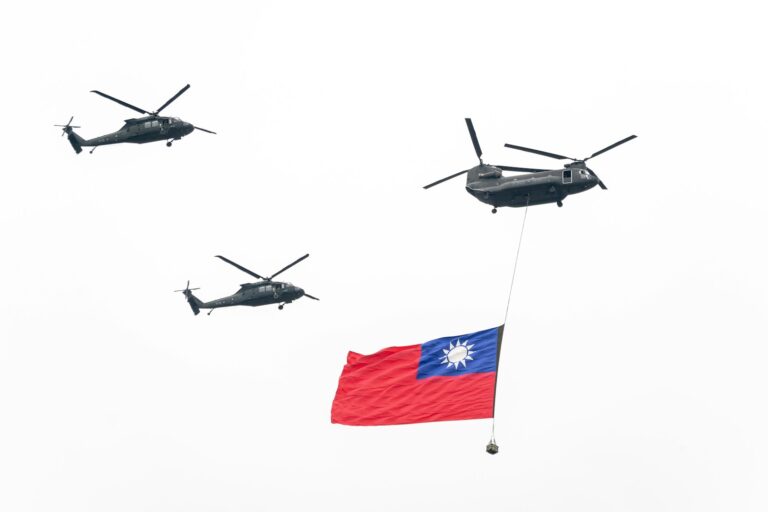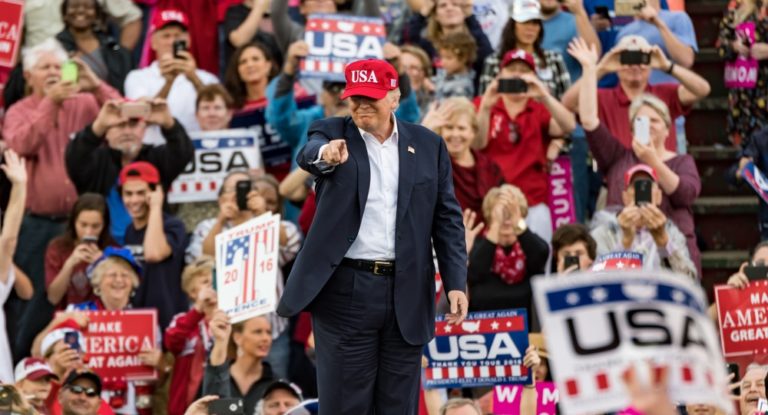Key Takeaways:
– US and Canadian naval ships showed solidarity with Taiwan by sailing through the Taiwan Strait.
– The US Navy labeled the move as a stand for worldwide navigation rights that should not be limited.
– China rebuffed the move, regarding the Taiwan Strait as part of its exclusive territory.
– This followed recent Chinese naval blockades around Taiwan; the tension increased concerns about a potential global conflict.
A Pattern of Growing Disputes
Tensions are rising on the Taiwan Strait, one of the bustling sea lanes globally. China has remained firm on its stance that the Strait belongs solely to them. This move sets the stage for possible international conflict and fear of triggering a third world war.
Stance of the US and Canada
In an act of demonstrating support for Taiwan’s autonomy, the US Navy’s vessel, USS Higgins, along with the Royal Canadian Navy’s frigate, HMCS Vancouver, sailed through the Taiwan Strait on Sunday. This move was meant to highlight a larger principle. The US Navy’s 7th fleet issued a statement asserting the transit was routine, following international law, affirming the right of all nations to move freely in the Strait.
The assertion was clear; the international community’s rights to navigate through the Taiwan Strait cannot and should not be constrained. Any attempt to assert sovereignty or jurisdiction that challenges basic navigation rights, air passage, and other legitimate activities at sea and in the air is strongly opposed by the United States.
China Reacts
China didn’t remain silent about the move. The country’s Foreign Ministry spokesperson, Lin Jian, reacted with strong words during a press conference. He firmly stated that both the Taiwan Strait and Taiwan are intrinsic parts of Chinese territory and rejected the idea that the sailing operation was a mere act of demonstrating navigation freedom.
Lin Jian argued that this wasn’t an issue of navigation freedom, but one related to China’s sovereignty and territorial integrity. He vocally opposed any action deemed provocative under the guise of navigation freedom that could endanger China’s sovereignty and security.
China’s Recent Military Drills
China caused international concern by recently running blockades around Taiwan. Using its naval fleet, China isolated the island nation, barricading significant port entries. President Xi Jinping said that these exercises were a reaction to comments made by Taiwan’s President Lai Ching-te hinting at Taiwan’s independence during the National Day Celebrations.
Elizabeth Larus, a nonresident senior fellow at the Atlantic Council Global China Hub, highlighted that China’s military activities were premeditated, regardless of what President Lai said. She stated that the exercises aimed to intimidate Taiwan’s security environment and altered the status quo of Taiwan’s separation from China.
A History of Naval Incidents
This isn’t the first time that the US and Canada have collaborated on operations in the Taiwan Strait. During a joint exercise in June, a Chinese warship tried to intercept a US destroyer, closing in within 137 meters of the vessel.
These recent incidents underscore the escalating tensions in the region. As both sides reinforce their positions, the entire world watches and waits, hoping for a peaceful resolution while preparing for a potential conflict.









